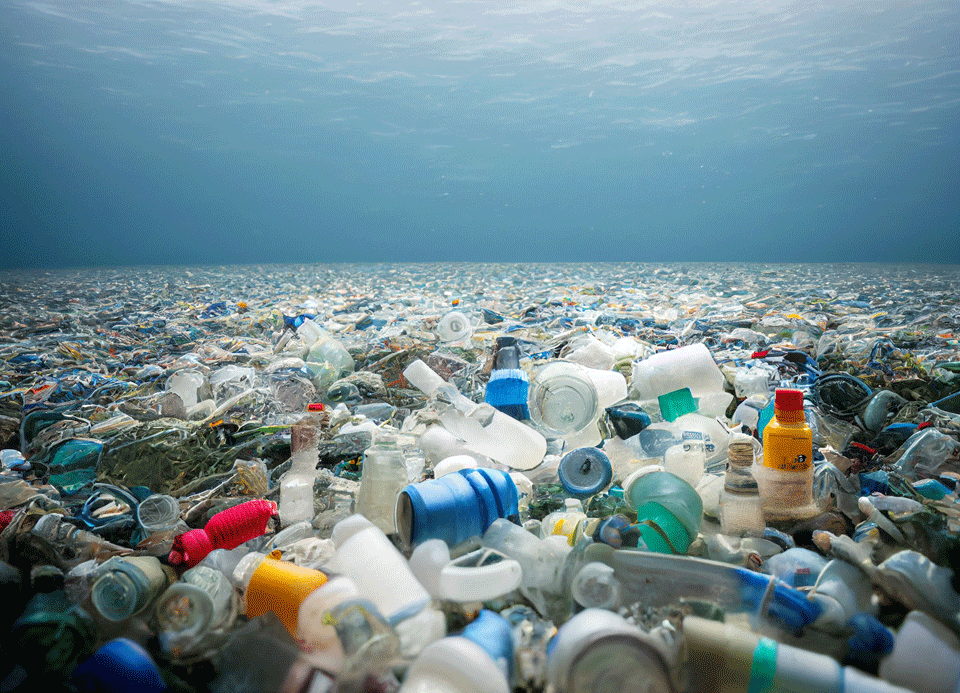In today's world, the problem of sea pollution is a major challenge for our environment. Human interventions have brought an uncontrollable rate of plastic waste into the world's oceans, causing a real environmental crisis.
But does nature have to do everything by itself?
An international group of marine scientists discovered an ocean-borne fungus that passes through plastic debris suspended in the Great Pacific Garbage Patch, as detailed in a new study published in the journal Science of the Total Environment.
Called Parengyodontium album, the fungus was discovered among the thin layers of other microbes living in and around plastic floating in the North Pacific.
According to the study, it is the fourth known marine mushroom capable of consuming and breaking down plastic waste. The researchers found that P. album was specifically able to break down UV-exposed carbon-based polyethylene, which is the type of plastic most commonly used to make consumer products such as water bottles and grocery bags—and the most widespread form of plastic waste polluting the Earth's oceans.
Although the discovery of the fungus Parengyodontium offers a new perspective and hope for tackling the ocean plastic waste crisis, it should not be seen as a single solution to environmental problems.
It is still important to care about the extent of plastic pollution and engage in action to reduce and control the use of plastic in our daily lives. Human interventions, such as legal regulations and innovations in recycling technology, remain essential to address the complex challenges posed by plastic pollution in our environment.






